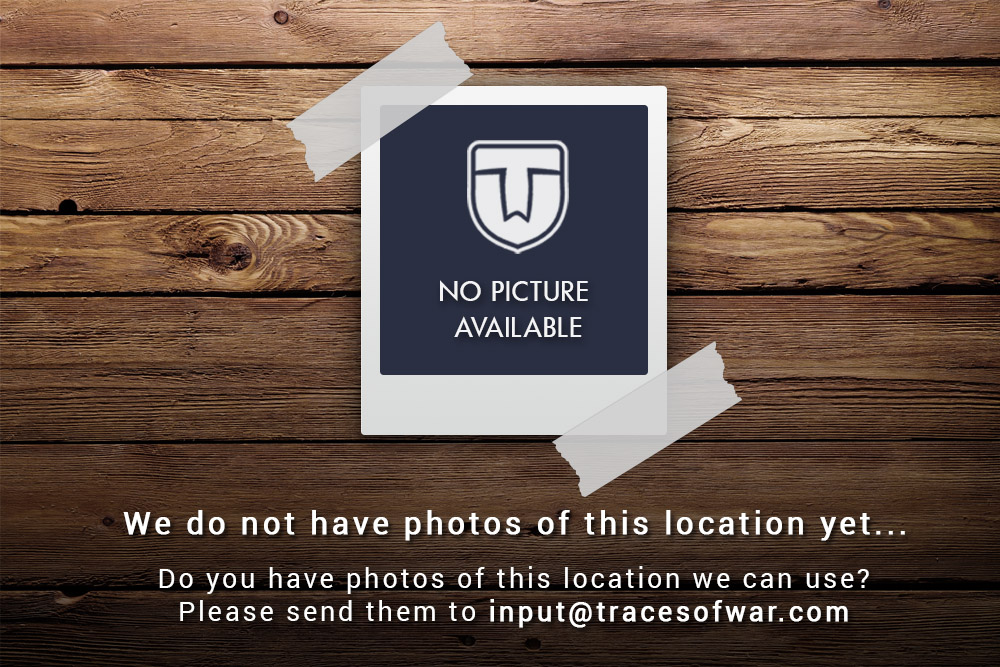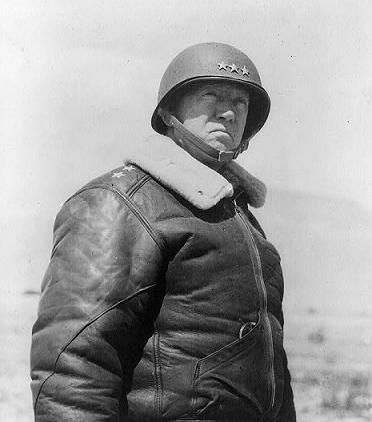Vector of Memory: The two liberations of the Grand-Duchy of Luxembourg
The two liberations of the Grand-Duchy of Luxembourg
The General Patton Memorial Park and Statue in Ettelbruck is an excellent starting point to further explore the Luxembourg Ardennes following the Liberation Route Europe trail in the Grand-Duchy of Luxembourg and beyond. A Vector of Memory marks this important site.
Ettelbruck, also known as “Patton town”, has for many decades been honouring General Patton and his Third US Army with meaningful memorials. In September 2024, a 'Vector of Memory' was added to this site, honouring its important World War Two history and marking it as part of the Liberation Route Europe. The Vector tells the story of the two liberations of the Grand-Duchy of Luxembourg.
The first came after the landing of Allied forces in Normandy on 6 June 1944, when German troops were pushed eastwards. After the liberation of Paris at the end of August, the 1st and 3rd American armies approached Luxembourg through Wallonia and Lorraine. At the beginning of September, the German administration and many of its collaborators hastily left the country. The Wehrmacht held its positions until 9 September, when its commander decided to evacuate his last troops to the Siegfried Line. The same day, American troops entered the mining basin at Pétange. On 10 September, they triumphantly entered the city of Luxembourg, accompanied by Prince Felix and Crown Grand Duke Jean, and Ettelbruck was liberated on 11 September. The government, back from exile, gradually re-established order in cooperation with the American military authorities.
However, the Ardennes Offensive on 16 December 1944, launched by Hitler in a last attempt to win the war, severely affected the north of Luxembourg. Thanks to General Patton's lightning counterattack, Ettelbruck was liberated for a second time on 25 December 1944, and Vianden on 12 February 1945.
Liberation Route Europe is a certified Cultural Route of the Council of Europe. With hundreds of sites and stories in nine European countries, the route links the main regions along the advance of the Allied Forces in 1943-1945.
The entire route consists of themed routes that can be travelled by by hiking, walking, cycling and car. These routes pass numerous historical and interesting sites and tell stories from a multitude of perspectives that were important in the final phase of World War II.
A separate group within the routes are the Vectors of Memory designed by renowned architect Daniel Libeskind. They form a symbolic family of landmarks that honor people, places and stories in the European landscape. The vectors are a topography of memory. They act as points in both space and time and connect to the liberation story. It is important that the markers convey a clear and powerful message.
There are 4 types of vectors:
- The Remembrance Site Vector
- The Crossroads Vector
- The Wall Vector
- The Floor Vector
For more information on the Vectors of Memory see the Liberation Route Europe site: https://www.lre-foundation.org/vectors-of-memory/.
The routes can be found on the website of Liberation Route Europe or in the app through which many stories can also be listened to.
The routes can be found on the Liberation Route Europe website or in the app through which many stories can also be listened to.
Do you have more information about this location? Inform us!
Source
- Text: TracesOfWar & Liberation Route Europe
- Photos: TracesofWar
Nearby
Museum
Point of interest
- Open Air Display Diekirch - Diekirch
- Plaque Shrapnel Damage - Diekirch
- American M114 1555mm Howitzer Diekirch - Diekirch
Monument
- George Patton Memorial - Ettelbruck
- World War II Memorial Ettelbruck - Ettelbruck
- Stumbling Treshold Victims Holocaust Ettelbruck - Ettelbruck






